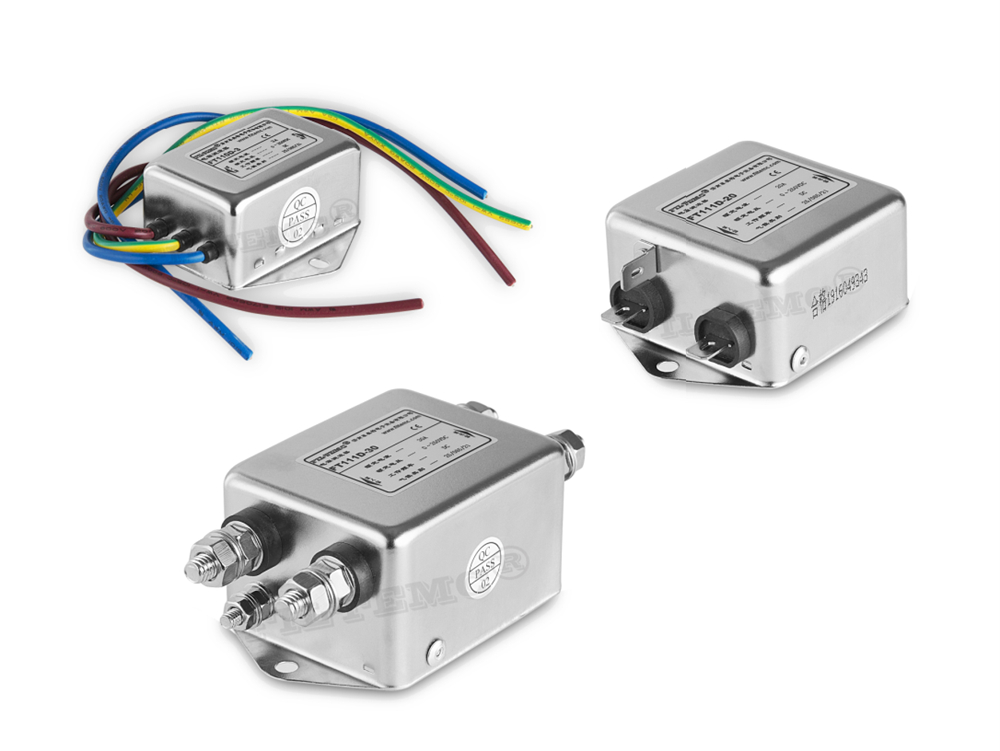The matching between audio equipment at all levels is more important. Improper connection will not only affect the playback effect of the equipment, but also damage the equipment. Here are some insights on the connection between audio equipment at all levels.
a. Basic requirements for equipment connection
(1) Signal level matching: When connecting audio equipment, be sure to pay attention to the difference between the input and output signal levels of each equipment. If the level of the input signal of the pre-stage equipment is too large, nonlinear distortion will occur, otherwise the signal-to-noise ratio of the playback system will be reduced, and even the amplifier of the next-stage equipment will not be promoted. The levels should not differ too much. If the signal level does not match in actual use, the input signal level must be reduced by the attenuation circuit, or the input signal level should be increased by the amplification circuit. For a general dynamic microphone output voltage of a few millivolts, it is necessary to provide a first-stage amplifier circuit to amplify the signal and send it to the pre-amplifier circuit. For the recording base, CD player and LD player, because the output signal level reaches 0.755 ~ 1V or more, it can be directly sent to the preamplifier.
(2) Impedance matching: In Hi-Fi audio equipment, for example, the output impedance of the transistor power amplifier is low impedance, and the output impedance of the tube power amplifier and other equipment is high impedance. If they do not match the impedance when they are connected to the speaker, the output power of the amplifier will be unevenly distributed, or the transient characteristics of the speaker will deteriorate due to excessive damping. There are two types of impedance matching connections: balanced and unbalanced. The so-called balanced type means that the impedance of the two-core shielded wire transmitting the signal to the ground is equal. The so-called unbalanced type refers to one of the two core shielded wires, one of which is grounded. When the balanced output is connected with the unbalanced input, it must be matched by adding a matching transformer.
b. Connector connection method
In Hi-Fi audio equipment, the connection of the equipment is completed by various connectors, and the commonly used connectors are as follows.
(1) Two-pin plug: mainly used to transmit signals between various equipment and as an input plug for microphone input signals. According to its diameter, it can be divided into three types: 2.5mm, 3.5mm and 6.5mm.
(2) Lotus * plug: It is mainly used for input and output plugs between audio equipment and video equipment.
(3) XLR plug (XLR): mainly used for the connection between the microphone and the amplifier.
(4) Five-pin socket (DIN): mainly used for the connection between the cassette recorder and the amplifier, it can concentrate the stereo input and output signals on one socket.
(5) RCA plug: RCA plug is mainly used for the transmission of video signals in equipment.
(6) F, M plug: It is mainly used for the input and output of radio frequency signals in audio-visual equipment.
Introduction of DC Single Stage Filter:
- Rated current: 0.5A~300A
- Working voltage: 0~250VDC
- Various terminals: wire, solder lug, stud
- Custom specific versions on request
- General purpose DC single stage filters with good attenuation performance at frequency range 150KHz~30MHz.
- Compact structure, high performance-cost ratio, easy to install, safe and reliable.
- FT110D and FT111D series are one-stage common mode filters with almost the same filtering effect, only slight difference according to different current.
- High voltage versions above 250VDC are also available upon request
- Suitable for switch power supply, SPC exchange and other DC electric device

DC Single Stage Filter
DC Power Filter,DC Single Stage Filter,Noise Filter,Dc Motor EMI Filter
Jinan Filtemc Electronic Equipment Co., Ltd. , https://www.chinaemifilter.com